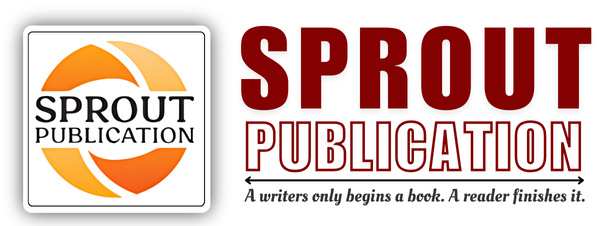Chapter 13: Body fluid and blood-II
Chapter 13: Body fluid and blood-II
Author: Mr. Prabhakar Singh Tiwari
Volume: 01
First Online: 31 August 2024
Pages: 179-194
DOI:
Abstract
Coagulation is the process by which blood forms clots to prevent excessive bleeding after an injury. It involves a cascade of reactions, where clotting factors activate one another, leading to the conversion of fibrinogen into fibrin, which forms a stable clot. Blood grouping refers to the classification of blood based on the presence of antigens on red blood cells, primarily the ABO and Rh systems. The Rh factor is an important antigen that can cause complications during blood transfusions or pregnancy if Rh-negative individuals are exposed to Rh-positive blood. Transfusions are critical in treating blood loss or disorders, but mismatched transfusions can lead to severe reactions. The Reticuloendothelial system (RES) consists of phagocytic cells that filter blood and lymph, removing pathogens and old or damaged blood cells. Disorders of blood, such as hemophilia, anemia, and clotting disorders, can affect coagulation, blood group compatibility, and overall health, making proper understanding and management essential.
Keywords: Coagulation, Blood clotting, Clotting factors, Fibrinogen, Fibrin, Stable clot, Blood grouping

